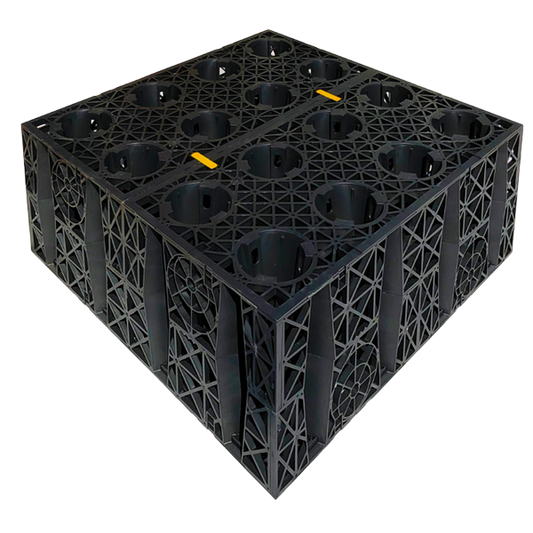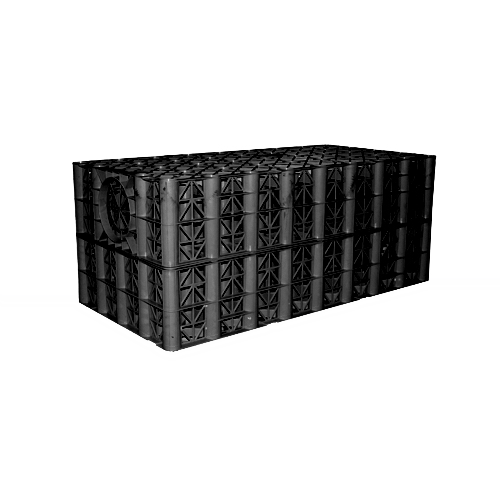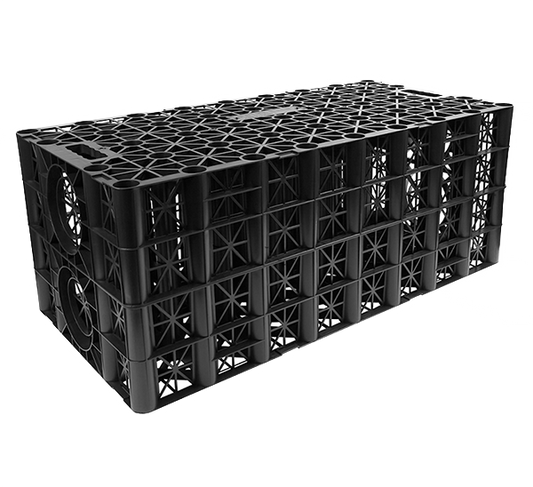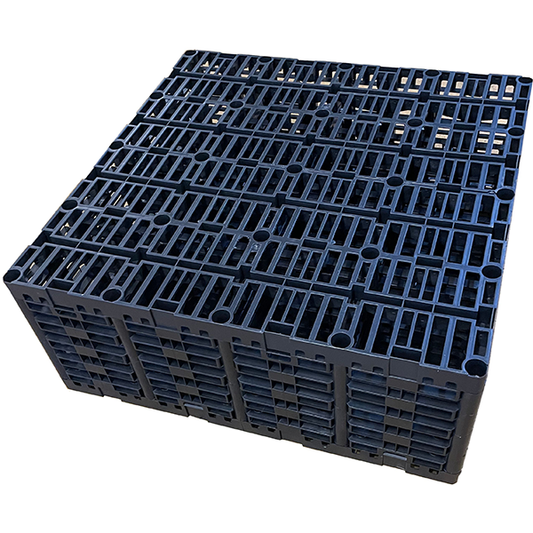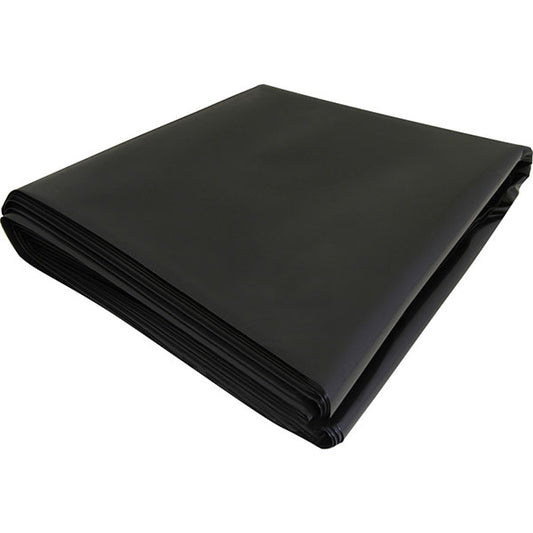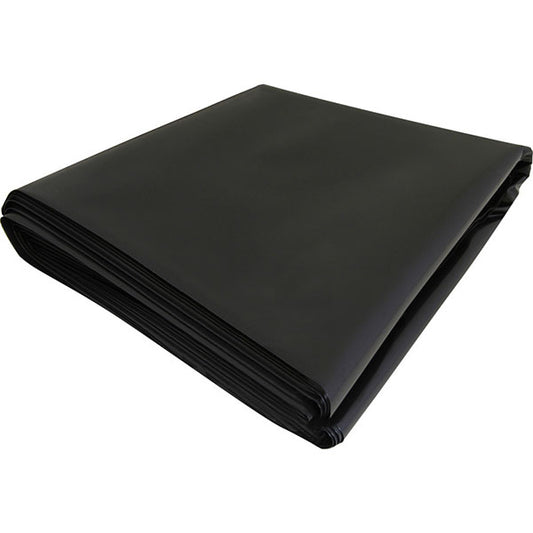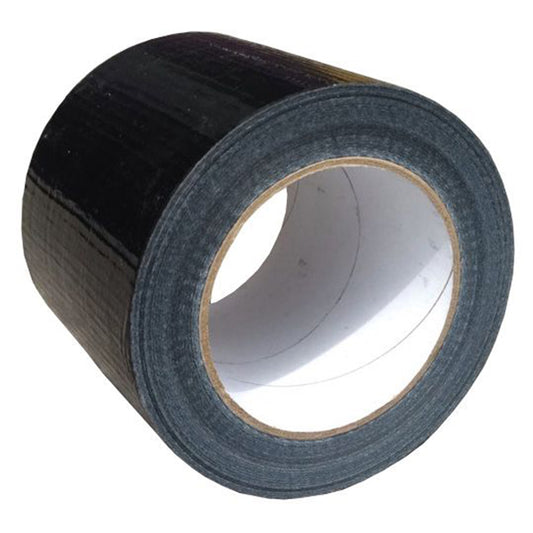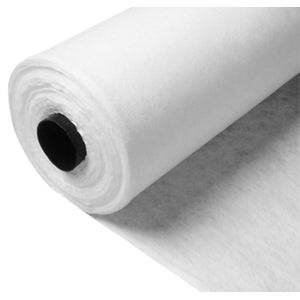The UK is no stranger to wet, inclement weather. However, the build-up of excess rainwater can cause all sorts of issues for our properties – especially if the water filters through and reaches the pipework underground.
Too much water could lead to flooding and burst pipes, which results in costly repairs. And let’s not forget, your property will become waterlogged as time goes on.
The good news is, a soakaway can store excess surface water and minimise the amount of strain placed on drainage systems. Ideal if you live in a region that experiences a lot of rain.
Let’s find out more about these systems and how you can benefit from using them.
Contents
What is a soakaway?
A soakaway is a hole that’s dug in the ground and filled with coarse stone, rubble or plastic crates (also known as soakaway crates).
The purpose of a soakaway is to discharge and percolate the water back into the soil at a steady rate – preventing downstream flooding.
The pipe which runs to your soakaway/crates will either come directly from your property (e.g. your gutter), a French drain where surface water is overflowing or a private system such as a septic tank or sewage treatment plant.
Why do you need a soakaway crate?
As the number of impermeable surfaces in urban areas continues to grow, the need for effective water management is becoming more and more important.
A soakaway crate is a plastic crate that allows water to seep through the soil – instead of creating a build-up of water on the surface and putting pressure on drainage systems.
In addition to this, installing soakaway crates can eliminate the risk of flooding, burst pipes and cracks or splits in the pipework.
These crates are used as part of the full drainage system in areas that endure high levels of run-off, providing an alternative drainage solution.
Top 3 reasons to use soakaway crates
1. Soakaway crates are lightweight
Traditionally, soakaways were created by digging a trench and filling it with rubble. As you’d expect, this was a time-consuming process, one that required a lot of transporting, lifting and moving.
Soakaway crates, on the other hand, are made from plastic which means they’re incredibly lightweight – making lifting and moving quick and easy. Another thing worth noting about these crates is that they simply clip together using clips or cable ties.
2. Soakaway crates provide a long-term drainage solution
The idea behind soakaways is to store surface water. However, over time, soil and debris start to fill the empty spaces in the trench, leaving surface run-off nowhere to go. This leads to blockages and recreates the original problem of standing water.
Meanwhile, soakaway crates are designed to offer a longer-term solution. There are several pathways the water can take to reach the ground and percolate through, without getting blocked.
3. Soakaway crates are strong and sturdy
When heavy loads are placed on top of rubble soakaways, they tend to compress – meaning there’s less space for water to pass through.
Though they might only be made from plastic, soakaway crates are extremely durable. There are various types and sizes available, which means you should have no issue finding a crate that’s suitable for your intended application and can withstand the weight above it.
Want to know more?
If you have any questions about soakaway crates, you’re welcome to get in touch with the team at Cotterill Civils. Always on hand to help, we’d be more than happy to share our expertise.
Alternatively, if you’d like to take advantage of this long-term stormwater drainage solution, be sure to check out our online range of soakaway crates. We’re confident you’ll find the perfect crates for your needs and budget. Alternatively, fill out our enquiry form:






